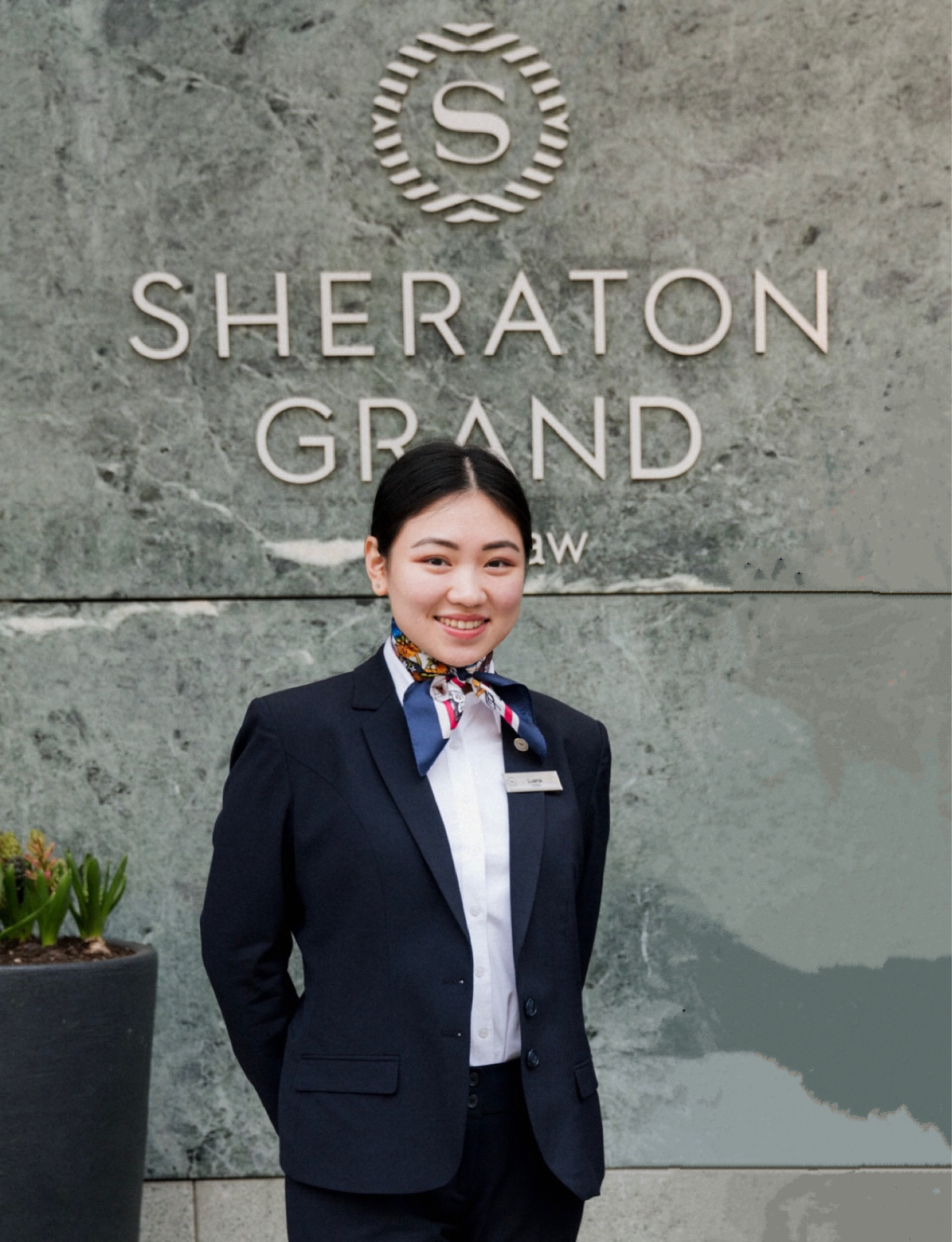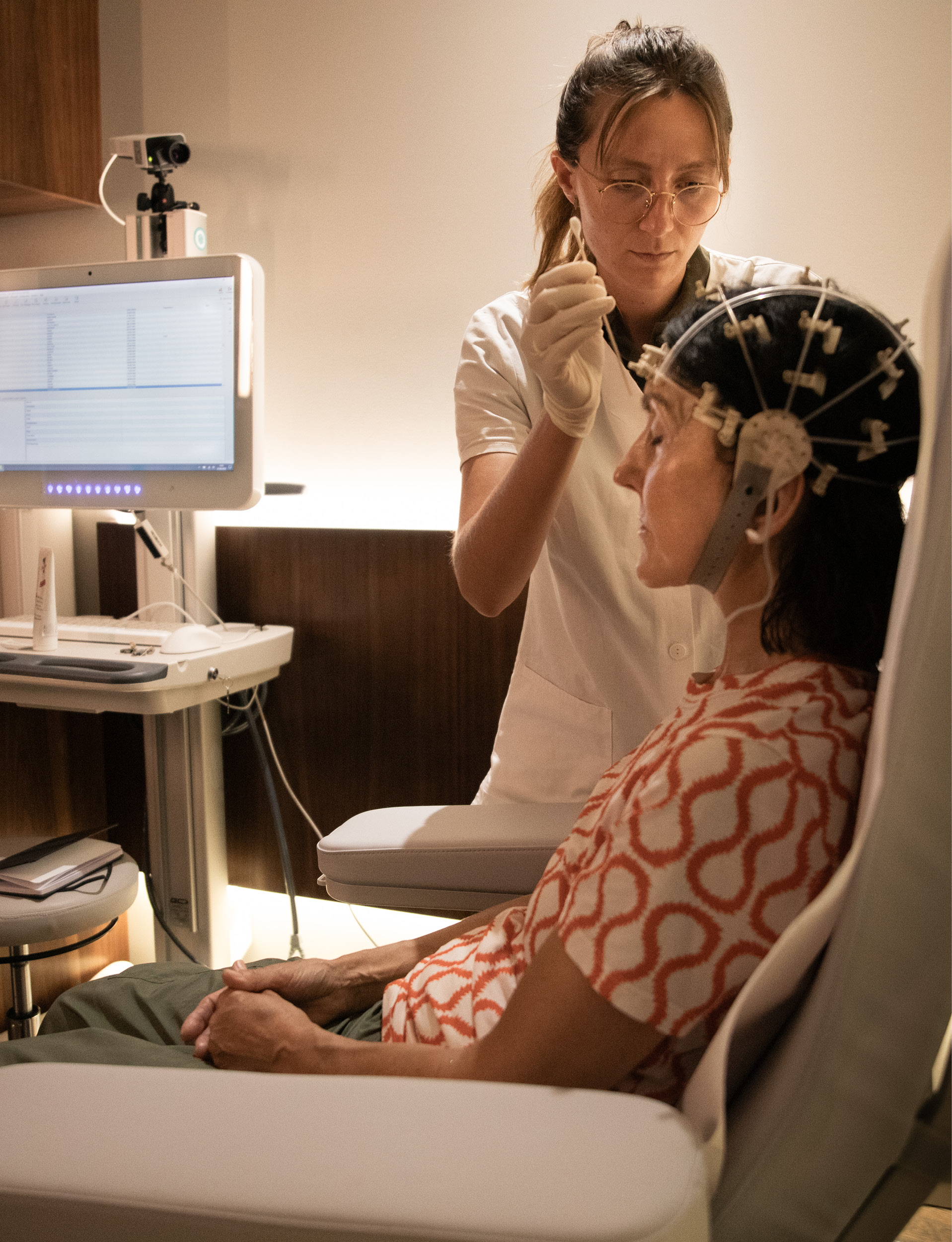


Are you familiar with the enticing smell of coffee in a Starbucks store or the sleek tactile sensation of holding an Apple product? Those effects are carefully cultivated and all part of a meticulously planned marketing strategy that revolves around the concept of sensory marketing. Prepare to learn the secrets of sensory marketing that are intriguing and can be applied in a range of effective ways in the hospitality industry.
What Is Sensory Marketing?
Sensory marketing, often also referred to as sense marketing or sense appeal advertising, goes beyond traditional advertising methodologies. It is one of the most effective forms of marketing in today’s intensely competitive marketplace, giving potential customers special experiences. But first, let’s define what sensory marketing entails.
Sensory marketing refers to techniques deployed by brands that engage a potential customer through their five senses – sight, sound, touch, smell, and taste. Its strategic purpose is anchored around creating valuable sensorial experiences to influence buying decisions subconsciously by appealing directly to customers’ perceptions and encouraging an emotional association. This means that sensory marketing is something a brand manager and marketing manager will have to consider to maximize interest in their brand.
A prime example can be found in supermarkets where fresh bread is baked on-site. The tantalizing aroma wafts through the aisles with the aim of stimulating the shopper’s appetite. This subtle manipulation isn’t just aimed at selling more bread. It increases overall purchases as well because shopping while feeling hungry leads us instinctively towards adding more items to our basket than originally planned. This incorporation of sensory aspects can elevate a brand’s marketing.
The Five Senses in Sensory Marketing
All five human senses are key in assessing the experiences we encounter daily. In the realm of sensory branding, these senses form a ladder leading up to the unique perception of each brand.
1. Sight
Visual input often dominates over our other senses as it’s astoundingly fast and incredibly potent. Visual marketing plays a significant role in sense appeal advertising. By focusing on colors, shapes, and presentations, marketers cleverly use visual cues to create brand identities that consider user psychology.
For instance, a bright color might excite customers, while a pastel shade can evoke calmness. Rounded shapes often radiate softness or friendliness. These tiny details in marketing efforts can add up to a significant impact when it comes to emotional branding.
2. Sound
The next pivotal element in sensory marketing is the sense of sound. Think about the distinctive click when you close a high-quality car door or the satisfying crunch on biting into a crisp apple. These are part of soundscape branding or sonic sensory branding, which focuses on music and sound effects, or the sounds that products make.
Brands can create audio logos or jingles that linger with their consumers. This tailor-made sound marketing encourages an auditory association with a particular brand that continues to resonate long after the interaction has ended.
3. Touch
Despite being less mainstream than sight or sound, haptic (or touch) qualities play an indispensable role in product-oriented brands. Further real-world examples could include fur-coat retailers providing tactile surfaces inside changing rooms for customers who’d be more inclined towards physical engagement before buying.
Touch provides insights into aspects like quality and comfort — essential factors influencing purchase decisions.
4. Smell
Scent-based marketing strategies involve creating exclusive fragrances closely associated with specific attributes of a brand’s identity. Linking smell directly with memory leads to increased brand recognition and loyalty.
When you enter home decor shops such as Pottery Barn you might notice the strong floral scents. This is an excellent example of sensory marketing targeting your sense of smell to make a lasting impression.
5. Taste
The sense of taste is valued greatly by food and beverage brands that meticulously test combinations that work best for their consumers and refining recipes using focus groups.
Although taste-centric experiences are perceived one-to-one, they contribute massively towards overall sensorial experiences for any brand. They inherently promise future satisfaction and build trust and desire.
Heighten your senses for business
Combining dynamic education with access to industry leaders and exclusive work placements for honing essential skills, this degree will launch your success in hospitality.
Bachelor’s in luxury business
Benefits of Sensory Marketing
As the marketing industry matures, strategies like sensory stimulation are becoming more popular due to their outstanding benefits. Let’s explore these advantages further.
1. Increased Engagement and Brand Loyalty
Sensory marketing aims to arouse emotions, which leads to a deeper connection between consumers and brands. By appealing to customers on a multilayered sensorial level – whether it is through sight, sound, touch, smell, or taste – brands can engage customers in significant ways.
For instance, when a shopper sees an eye-catching visual display or hears calming store music that evokes comfort and joy, they’re likely to remember those positive feelings associated with the brand experience. They may even find themselves involuntarily reaching for the product next time because the brand has managed to win their loyalty by creating lasting memories through sensory input.
2. Improved Customer Experience
In this era of technological advancement and online shopping, brick-and-mortar stores can leverage sensory experiences as part of their unique selling proposition. A rounded sensory environment enhances customer experience because humans naturally crave immersive experiences.
Say you walk into a coffee shop where you’re welcomed by the rich aroma of freshly brewed coffee along with smooth jazz humming in the background and visually pleasing decor. All these elements forge an engaging atmosphere that’s impossible to replicate online.
3. Increased Brand Awareness
Sensory marketing helps increase brand awareness. How? Our brains love novelty and if your brand can pull off something distinctively different in terms of marketing perception, it will unquestionably linger in consumers’ minds.
Imagine walking past a bakery filling the neighborhood with the mouthwatering aroma of fresh bread every morning, or watching an appealing ad campaign filled with striking colors and jaunty music. These types of businesses tend to be more easily distinguishable from others. Effective use of sense appeal advertising sets brands apart in a cluttered marketplace, giving recall and brand awareness a definite boost.
Sensory Marketing Strategies
Thomas Barwick/ DigitalVision Via Getty Images
Sensory marketing plays a pivotal role in captivating customers’ interest and stirring their emotions. Coupled with compelling visuals, engaging sounds, tangible interactions, enticing aromas, and delightful tastes, this approach can stimulate potential clients on multiple levels. Here are five strategic sensory marketing strategies that you should consider.
1. Understand Your Target Audience
The first step in any successful sensory marketing strategy is to have a solid understanding of your target audience. This involves knowing not just their age or geographic location but also the sensorial experiences they value most.
Do they respond better to stylish aesthetics that appeal to sight or relish unique textures? Perhaps strong scents trigger powerful memories? Identifying these key factors will help you in designing effective campaigns that evoke the right emotions and provoke engagement.
2. Consult a Digital Marketing Company
Partnering with digital marketing experts can provide valuable insights into emerging trends and innovative techniques in sensory appeal. These professionals often come armed with extensive knowledge and resources required for creating striking collaborations between traditional marketing perceptions and new-generation digital technology.
Moreover, their fresh perspective may be just what’s needed to invigorate a brand while maintaining relevance with today’s ever-demanding consumer base.
3. Create an Aesthetic for your Brand
An essential part of developing a successful sensory marketing strategy lies in establishing a cohesive aesthetic for your brand — an aesthetic consistently reflected across every channel where your brand has its presence.
Think of color schemes, specific fonts, patterns and everything that visually defines your brand. Visual identity should be consistent and instantly recognizable.
4. Leverage the Limbic System
A cleverly designed sensory campaign triggers our primal brain, the limbic system responsible for our emotional lives, and influences us at subconscious levels before our rational mind is even aware.
Sounds elicit certain moods or emotions, and auditory cues prime us towards specific behaviors, similar to how particular smells take us down memory lane. By understanding which stimuli trigger positive reactions from your audience, you can effectively leverage our biological wiring in favor of your brand.
5. Incorporate In-Person Interactions
Despite the rapid advancements in digital technology, never underestimate the power of tangible experiences. In-person interactions provide an opportunity for customers to experience your products firsthand and engage their senses in ways that online platforms might not.
This sensory interaction leaves a lasting impression and often stimulates more powerful emotional responses than mere virtual engagement, making an unforgettable impression via sense appeal advertising strategies.
How sensory marketing can be used in hospitality
Sensory marketing is a powerful strategy that can be effectively harnessed in the hospitality industry to create unforgettable guest experiences. By engaging multiple senses, including sight, sound, smell, taste, and touch, hotels and resorts can craft a unique ambiance that resonates with guests on a deep emotional level. This approach begins with the visual appeal of the property, from aesthetically pleasing décor to stunning gardens.
Additionally, carefully selected background music and ambient sounds can influence moods and perceptions. The use of signature scents in lobbies or spa areas can trigger positive associations and leave lasting impressions. Culinary offerings that tantalize taste buds and tactile experiences, such as plush bedding and spa treatments, can further enhance the sensory journey. By immersing guests in a multi-sensory experience, hospitality establishments can differentiate themselves, evoke strong emotional connections, and ultimately, foster guest loyalty.
Engage all your senses with marketing
Discover the nuances of targeted campaigns through learning from our industry partners with opportunities to expand networks, find mentors and refine skills in prestigious professional placements.
Masters in hospitality
Examples of Successful Sensory Marketing Campaigns
Successful sensory marketing campaigns elevate the user experience with brands, connecting on a deeper, more intimate level. A couple of stellar examples of sense marketing comes from world-renowned companies such as Apple and Starbucks.
Apple meticulously crafts every aspect of their products for sensory branding, from the tactile feel of their devices to their pleasing sounds. Minimalist visuals and bursts of color create a universal yet personalized aesthetic, forging emotional connections with consumers.
Meanwhile, Starbucks creates a rich in-store sensory experience. The warm coffee aroma, carefully chosen music, and cozy interior design all engage the olfactory, auditory, and visual senses. Even tactile interactions, like the feel of napkins or cups, play a role in creating the quintessential Starbucks experience. Both companies show how sensory branding can build strong brand connections.
Conclusion
Examining sensory marketing, understanding what it is and why it works, can be a game changer in contemporary business. Through appealing to the senses, brands can etch memorable experiences into consumer minds.
Brands that master sensory appeal know that this is much more than a trend – it’s an essential aspect of deeply connecting with consumers by appealing directly to their senses of perception. If you want to learn how to harness sensory marketing for the hospitality industry, get started with one of our hospitality degrees today. Or, read more about luxury marketing trends in the hospitality industry.
Main Image:
Qi Yang/ Moment Via Getty Images

















